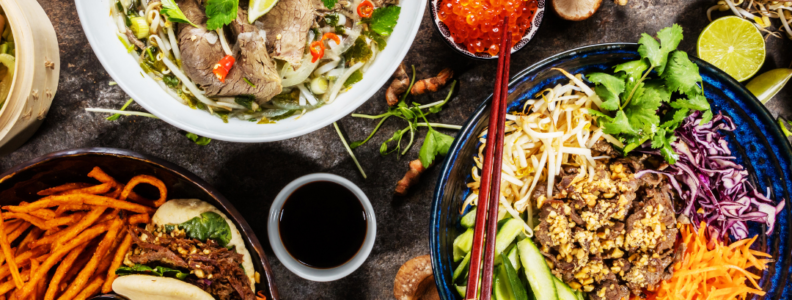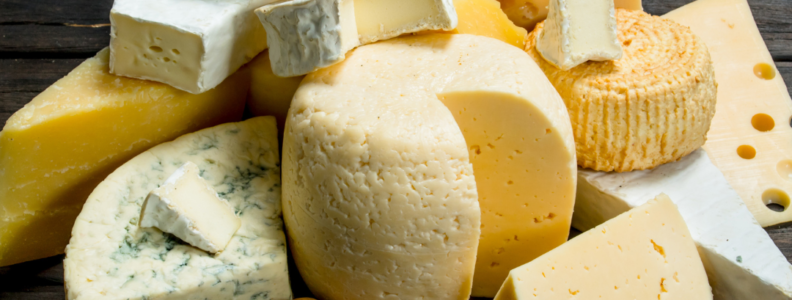Who doesn’t love a good Caesar salad? This classic salad is a staple in many households, but sometimes it can take effort to create your unique Caesar salad recipe. Fortunately, you don’t have to spend hours researching recipes or slaving over a hot stove. You can make your own delicious Caesar Salad in just 10 minutes with the help of this blog post!
Introduction to Caesar Salad
A Caesar salad is a classic dish that can be enjoyed any time of year. Whether you’re looking for a simple side salad or a hearty main course, this dish is sure to please. Best of all, it’s easy to make!
The key to a good Caesar salad is in the dressing. A traditional dressing is made with olive oil, lemon juice, garlic, anchovies, and Worcestershire sauce. This can be tweaked to your liking, of course. If you don’t like anchovies, leave them out. Not a fan of garlic? Cut back on the amount used. The best part about making your dressing is that you can tailor it to your taste preferences.
As for the rest of the salad, you’ll need some romaine lettuce (or another type of lettuce if you prefer), croutons, Parmesan cheese, and black pepper. Again, feel free to adjust these ingredients to your liking. Don’t like croutons? Leave them out. Want more cheese? Go ahead and add it in!
Once you have your ingredients ready, toss everything together and enjoy!
Preparing the Ingredients For Caesar Salad Recipe
The essential part of any recipe is the ingredients, and that’s especially true for salads. A Caesar salad is only as good as the quality of its elements, so be sure to use fresh, high-quality items. Here’s what you’ll need for this recipe:
- 1 head of romaine lettuce, chopped into bite-sized pieces
- 1/2 cup of shredded Parmesan cheese
- 1/2 cup of croutons
- 1/2 cup of Caesar dressing
- 1 garlic clove, minced
- salt and pepper to taste
Start by chopping up the lettuce into bite-sized pieces. You can do this by hand or with a food processor. Using a food processor, be careful not to overdo it – you don’t want your lettuce to turn mush! Once the lettuce is chopped, please place it in a large bowl. Add the Parmesan cheese, croutons, Caesar dressing, garlic cloves, salt, and pepper to the bowl and mix until it’s evenly coated. And that’s it – your salad is now ready to enjoy!
Making The Dressing
To make the dressing, combine all ingredients in a food processor or a blender and blend until smooth. If you like your dressing thinner, add water or olive oil until it reaches the desired consistency. For a creamier dressing, add an extra egg yolk or some mayonnaise. Once the sauce is to your liking, taste and adjust the seasoning as necessary before pouring it over your salad.
Assembling the Salad
Assembling the salad is straightforward. Start by chopping the romaine lettuce into bite-size pieces. Then, in a small bowl, whisk together the dressing ingredients: olive oil, lemon juice, garlic, anchovy paste (or Worcestershire sauce), Dijon mustard, and black pepper. Pour the dressing over the lettuce and toss to coat.
Next, add the croutons and grated Parmesan cheese. Toss again to mix everything. Serve immediately. Enjoy!
Variations and Additions To Your Salad
The great thing about Caesar salad is that it’s so versatile! You can add all sorts of different ingredients to create your unique version. Here are a few ideas to get you started:
Add some grilled chicken or shrimp for a heartier meal. Add some fresh fruit, such as grapes or berries, for a sweet twist.
For a bit of crunch, add some croutons or chopped nuts. And, of course, you can always mix up the greens! Use spinach, arugula, or any other type of leafy green instead of the traditional romaine lettuce.
Tips for a Perfectly Balanced Caesar Salad:
- Start with a bed of fresh, crisp romaine lettuce.
- Add diced chicken or shrimp for protein.
- Top with shredded Parmesan cheese and croutons.
- Drizzle with your favorite Caesar dressing.
- Enjoy!
We hope that this article has shown you just how simple it is to create a delicious Caesar salad in just 10 minutes. With minimal ingredients and effort, you can make a flavorful dish that everyone will enjoy. Whether you are looking for an easy meal option or something special to serve at your next party, try out our recipe and see what a difference the right combination of flavors can make. Who knows, maybe your version of the caesar salad recipe could become the newest family favorite!


